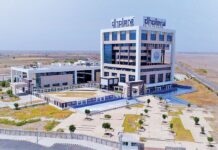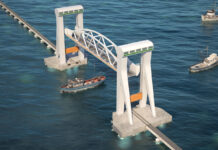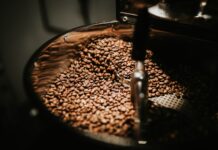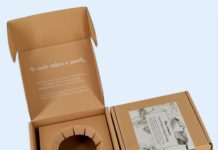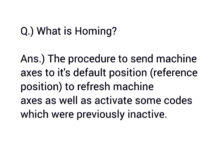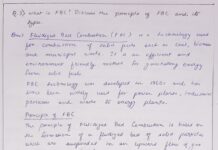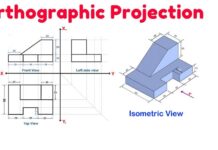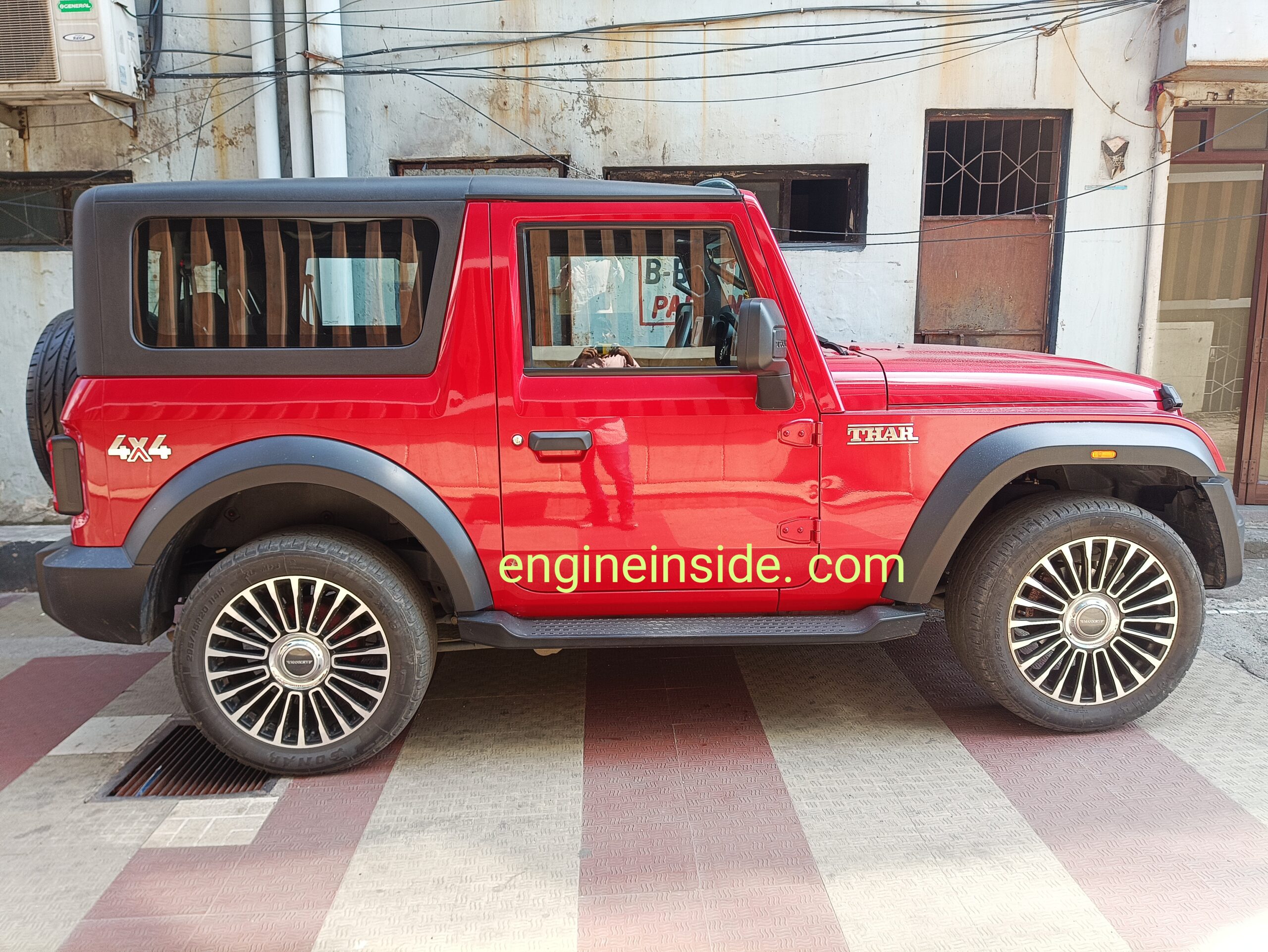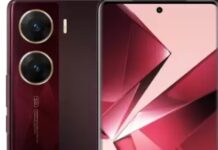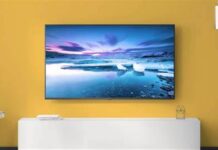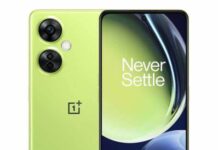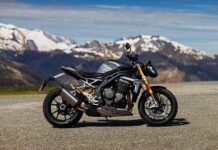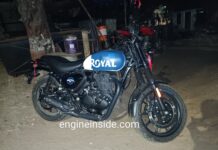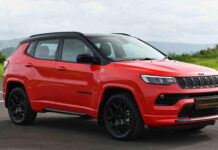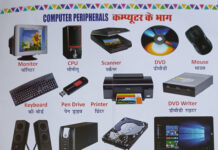Bronze ;
Bronze is an alloy of copper and tin however commercial bronzes may contain other elements besides tin. In fact, alloys of copper with aluminium, silicon and beryllium, which may contain no tin are also known as bronzes. This article describes about different types of Bronze and their practical applications.
Tin bronzes are of a beautiful golden colour. As in brasses, both tensile strength and ductility of bronzes increase with increases in tin content. However, more that 10% tin is not used in bronze as it results in the formation of a brittle intermetallic compound, Cu3Sn. Addition of tin to copper up to 10% increases the strength, hardness and durability to a much greater extent than the addition of zinc to copper.
The following varieties of tin bronzes are commonly used:
(i) Phosphor-Bronze. Addition of 0.5% phosphorous to tin bronze results in production of
phosphorous bronze. Phosphorous increases fluidity of molten metal and fine castings can
be made.
(ii) Leaded-Bronze. Addition of lead to tin bronze, results in production of leaded bronze. Lead is actually a source of weakness, but adds to machinability and has self lubricating properties. Usually, lead percentage does not exceed 2%.
(iii) Gun-metal. It contains 2% zinc, 10% tin and 88% copper. It is a very famous composition. This bronze is used for bearing bushes, glands, pumps, valves etc.
(iv) Bell-metal. It is a tin bronze but having a very high percentage of tin (20–25%). It gives a good tinkling sound on being struck with a hammer.
Bronzes having no tin.
The following bronzes contain no tin and are commercially well-known:
(i) Aluminium bronze. Composition: 14% Aluminium, rest copper. It possesses good strength and good corrosion resistance. Colour: golden yellow. Often used for costume jewellery.
(ii) Silicon bronze. Composition: 1–4% Silicon, rest mainly copper. Possesses extremely good corrosion resistance. Can be cold worked and strain-hardened. Used for boiler fitting and marine fittings.
(iii) Manganese bronze. Composition: 40% zinc and 55–60% copper with 3–5% manganese. It is essentially a brass to which manganese has been added. It is used for ship’s propellers.
(iv) Beryllium bronze. Beryllium is very costly. So is this alloy. It contains about 2% Be. It has very good mechanical properties and can be cold worked and age-hardened. It is mainly used for bellows, bourdon gauge tubes etc.


